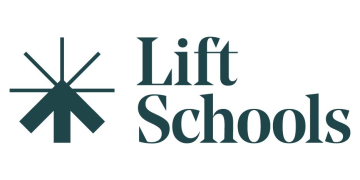Providers of new T-levels have claimed “protectionism” in schools could make it difficult for them to promote the qualifications to teenagers.
A report by the National Foundation for Educational Research also found that organisations preparing to deliver the qualifications from next year still believe “significant” work is needed to raise awareness about them, with very little time left before they launch.
T-levels are designed to have “parity of esteem” with A-levels, and will give young people the option of a vocational route from the age of 16.
Sixteen schools are among the 50 providers due to deliver three so-called “pathways” from September 2020, involving courses in design, surveying and planning for the construction industry, software application development for the digital industry, and education for the education and childcare industry.
NFER’s report is based on a roundtable event with six providers in October.
It found that although providers were “generally positive about meeting their student recruitment targets”, there were concerns regarding “school protectionism”.
“Some providers commented that because of this they would struggle to promote T-levels in schools with sixth forms,” the report said.
It is not the first time education providers have criticised schools for preventing them from promoting alternative routes.
The Baker Clause, a piece of legislation introduced last year, was designed specifically to force schools to allow other education providers in to speak to their pupils.
Its architect, the former education secretary Lord Baker, has previously accused schools of failing to promote university technical colleges, his pet project, and other similar routes.
But according to NFER’s report, concerns about T-level recruitment go beyond issues with access to school pupils.
For example, some providers believe potential students could be put off by a requirement that they clock up 600 minimum guided learning hours on top of a 315 hour minimum industry placement.
A requirement for pupils to have a grade 4 in GCSE maths and English language is also seen as a barrier.
Geoff Barton, the general secretary of the Association of School and College Leaders, said the number of “serious concerns” found should be “ringing alarm bells in Whitehall”, particularly as the first students are due to embark on the courses in just nine months’ time.
The government has sought to promote T-levels, launching the £3 million “NexT Level” campaign to help recruit the first wave of students.
But delegates at the roundtable felt there was still “significant work” to do to raise the awareness and understanding of T-levels among young people, parents and carers, and employers.
Providers said that without the detailed specifications, which won’t be released until March, they could not always answer students’ and employers’ more detailed questions about the qualifications.
One of the most controversial aspects of T-levels is the requirement for learners to go on a 315-hour industry placement. Providers have previously expressed concerns about a lack of viable placements.
The Department for Education introduced flexibilities earlier this year, including allowing the placements to be taken with two different employers.
However, educators have called for further flexibility in what counted towards the industry placement. Specifically, they want project-based learning and work-related learning to count towards it.
“This would enable the engagement of employers who lacked capacity to support a placement and did not have a physical base,” namely digital businesses,” NFER said.








T levels require significant investment. At the same time, level three vocational exams such as BTec are embedded and widely understood. T levels divert attention from level one and two vocational exams which the government appears to dismiss as worthless.